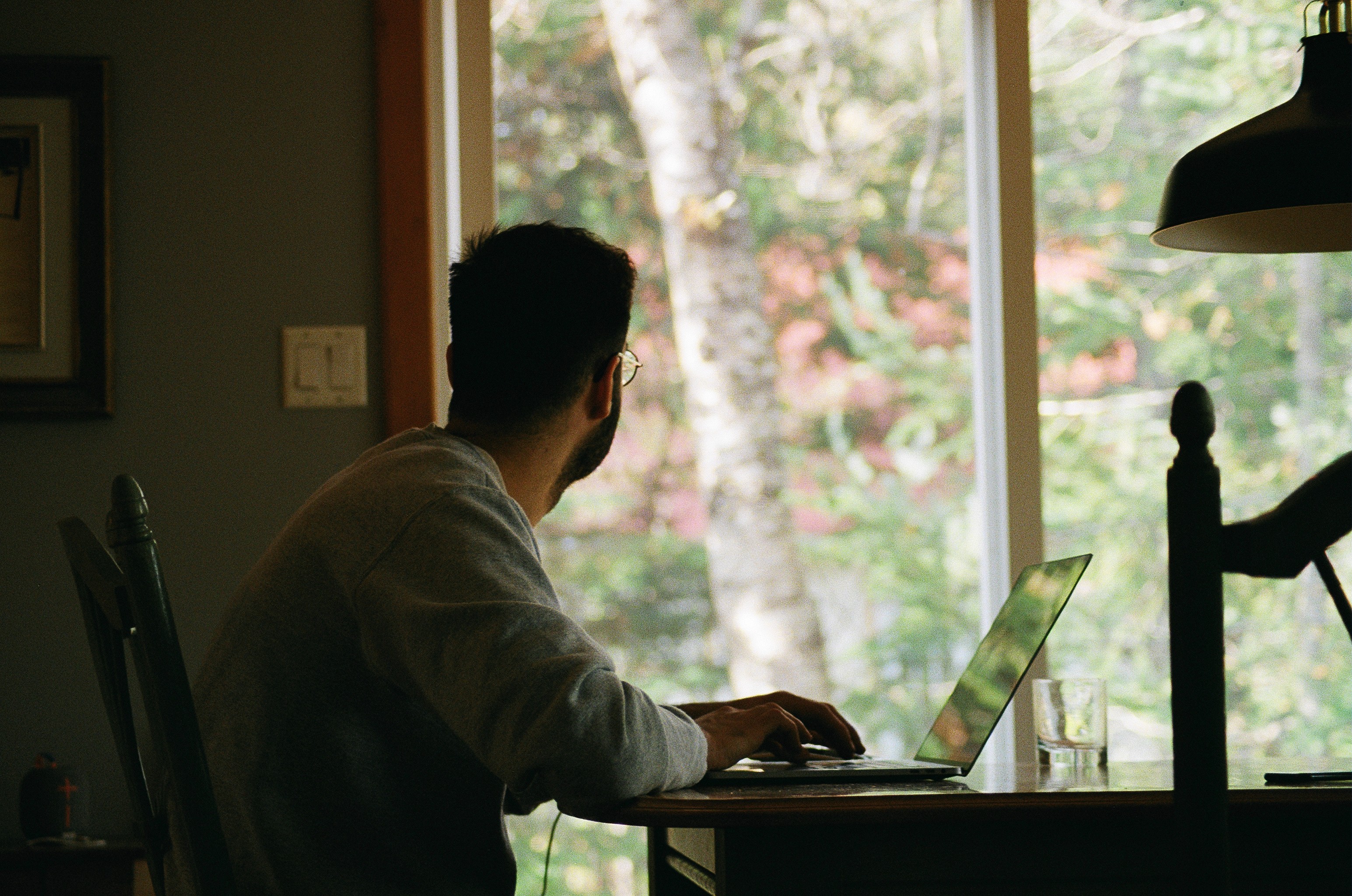March is a busy time of year for many students: midterms are well underway, final projects are starting, and the hunt for summer jobs is picking up. As part of my series as a Career Peer Educator with the Career Centre, this month I am bringing you tips to help strike the right balance between school, work, leisure, and everything else on the go.
Tip 1: Make sure you're taking breaks
Taking breaks is exceedingly important for both your productivity and your well-being in general. Breaks have a number of physical and psychological benefits, including greater motivation to complete tasks, less difficulty making decisions, and improved emotional well-being. Not taking breaks can lead to greater stress and put your physical and mental health at risk. A day full of constant lectures, work shifts, and homework isn't very conducive to being at your best.

If you're not sure how to plan your break time, start by blocking off the times when you know you won't be able to take a break. For example: scheduled class times or shifts at work. Then, examine your unscheduled "free" time. Not all of your free time can be a break: most of us will need to use our unstructured time for completing tasks like going grocery shopping or doing homework. Treat these tasks the same way you treat work - as blocks of productive time - and fit your breaks in around them.
It can be tempting to be productive during your break time. But using all your break time to do productive tasks will likely leave you feeling wiped out, since you're not really relaxing. Taking just a bit of time to do relaxing things that you enjoy can make everything else in life a lot easier: reading a book, going for a walk, or practicing your art skills are just some examples.
Tip 2: Identify a good work/rest ratio
If you're not sure how to figure out a good work/break ratio, here are a couple of starting points you can use. The first is the Pomodoro method, a well-known self-scheduling strategy that involves breaking work time down into a list of 25-minute increments, with short breaks in between (usually about 5 minutes). After each cycle, take a moment to check it off your list, and start again. This method is useful for those who love the feeling of being able to check items off a list, and for those who work best in short bursts of activity.

Another strategy to check out is the 52/17 method. This method works by breaking up work hours into 52-minute intervals, followed by a 17-minute break. These very specific time limits are based on a number of scientific studies into how long people can focus before attention starts to drift. If you're someone who likes to focus on a task for longer periods of time, this method might make more sense for you.
Of course, everyone is different, and our work and class schedules demand different things from us. If you have mandatory two-hour Zoom meetings, for instance, you likely won't be able to take a 17-minute break right in the middle. Plan your breaks accordingly to compensate for longer periods of focused work time. Having some free time carved out right before a long lecture can help you go into it with a fresh mind. It's also worth noting that your energy levels will probably change from day to day: some days you'll be able to get through without a lot of breaks, and on others you'll need more than usual. Pay attention to your energy levels and mood. If you can feel those things worsening, that's a good sign that a break is in order.
Tip 3: Establish appropriate work time/off time boundaries
Even if you have figured out a great work/break ratio, it's important that you set clear and appropriate limits around work time and off time, both for yourself and those you work with.
The first and most important thing you can do for yourself is to commit to only working during work hours, and only doing classwork during designated times of day. This could mean setting aside an hour or two each day for homework, or designating a less busy day of the week as "catch up time."
Sometimes, avoiding work during leisure time is easier said than done. To help establish boundaries, there are a few different things you can do. Unless you work in an environment where it's absolutely necessary for you to be on call, don't look at your school or work email past the end of the day (around 4:00 pm to 5:00 pm for most people). Check your email first thing in the morning instead, and reply then. If you build a consistent pattern of not answering late-night emails, this will make it easier to resist pressure to work during non-work time.
 Photo by Yasmina H on Unsplash
Photo by Yasmina H on UnsplashHaving some flexibility is important: you might want to spend more time studying during finals season, for example. But setting a precedent for how much time you spend per day/per week on school and work helps you maintain a consistent schedule.
Some people will benefit from having a physical separation between "work mode" and "life mode" in order to maintain appropriate boundaries. The easiest way to do this is to do your work and school activities in one area of your house, and only do those activities there. If you have a specific room that can be used as an office, or even a desk that you're not using for anything else, set that up as your workspace. If you're working in a multi-purpose workspace, like your kitchen table, you can create a specific workstation that you prepare at the start of each day, and take down at the end. This way, when you step away from work at the end of the day, or pack up your workstation, it will be easier for you to take your mind off it.
In a time when it's hard to know how to schedule one's day, getting in enough rest time can be tough. But it's important for our health that we slow down and let our minds and bodies rest. I hope these tips are useful in helping you take much-needed time away from life's obligations!
